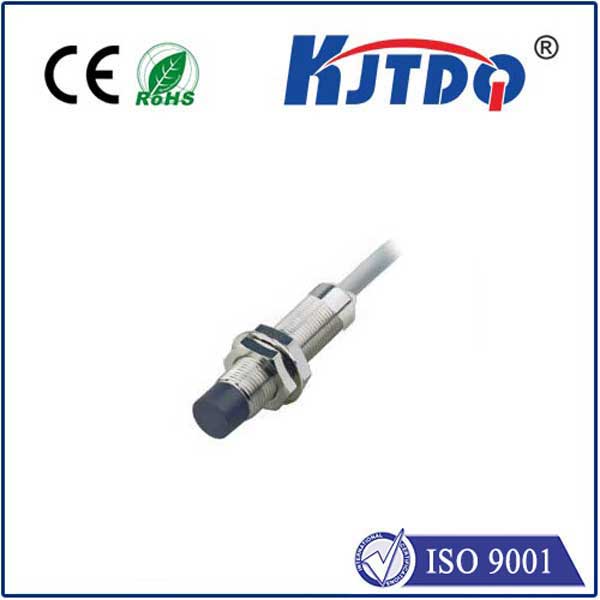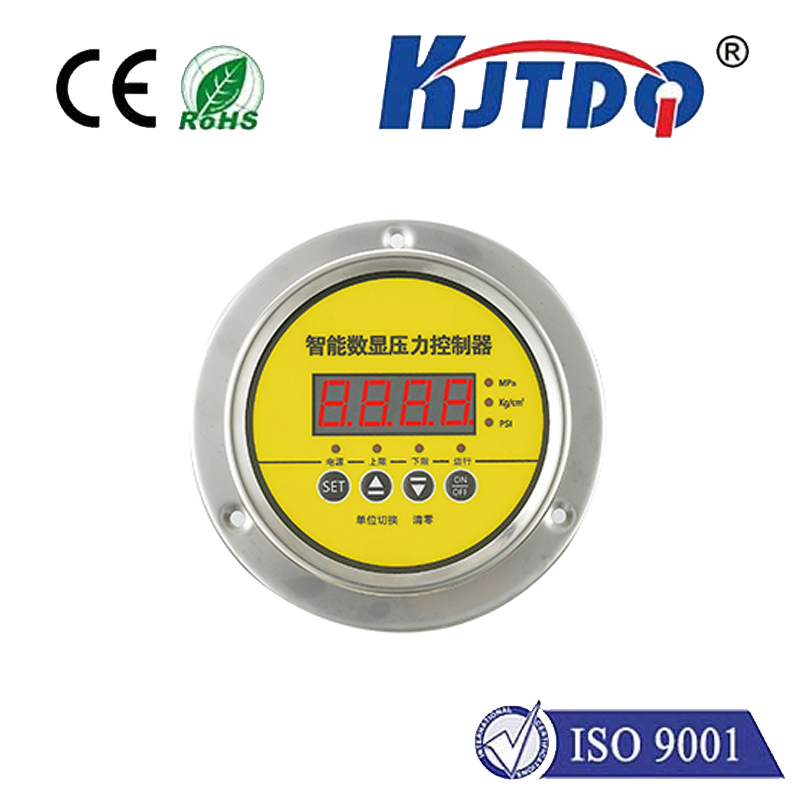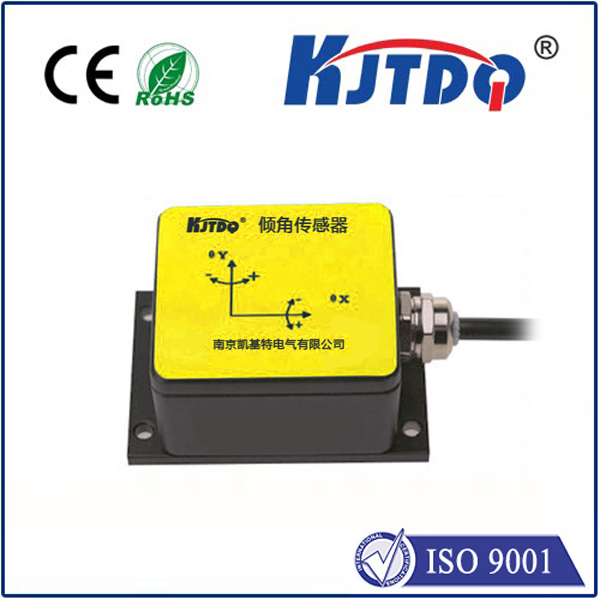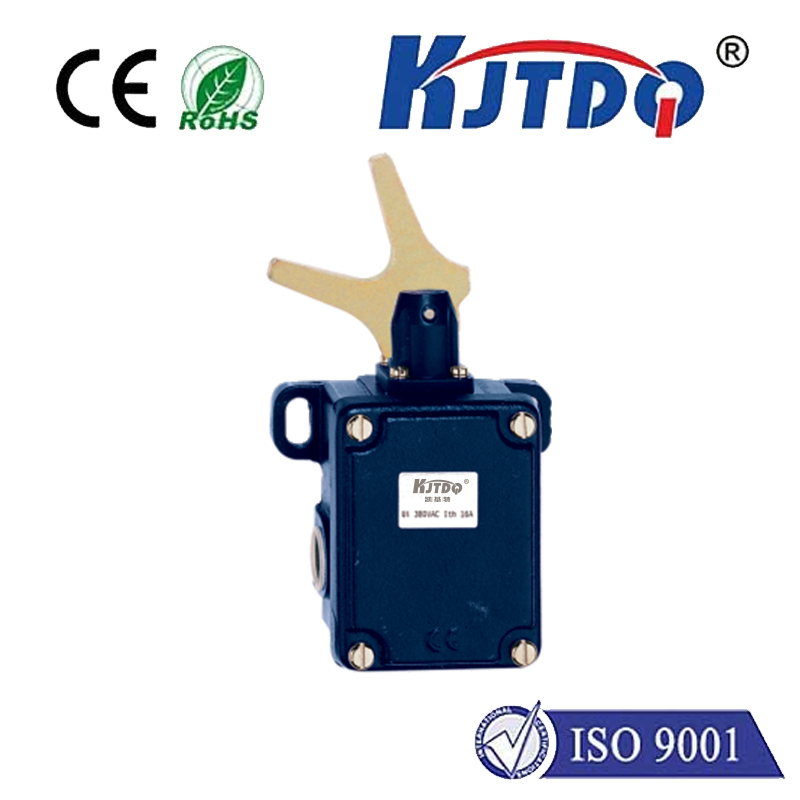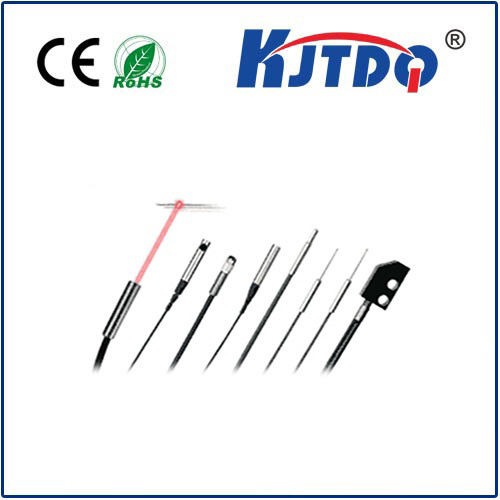E3T-SL24 2M fiber optic photoelectric sensor
- time:2025-09-27 01:03:11
- Click:0
E3T-SL24 2M Fiber Optic Photoelectric Sensor: Unlocking Precision in Industrial Automation
In the relentless pursuit of efficiency, accuracy, and reliability on the factory floor, sensors are the unsung heroes. They form the critical nervous system of modern automation, providing the essential data that controls machines, ensures safety, and guarantees product quality. Among these vital components, photoelectric sensors excel in non-contact detection, and when combined with the unique advantages of fiber optics, they become indispensable tools for challenging applications. The Omron E3T-SL24 2M Fiber Optic Photoelectric Sensor stands out as a prime example of this powerful synergy, offering exceptional performance where standard sensors struggle.
Imagine a scenario demanding detection in an incredibly confined space, an environment saturated with electrical noise, subjected to extreme temperatures, or requiring sensing near powerful machinery generating significant vibration. These are precisely the situations where traditional thru-beam or diffuse-reflective sensors might falter. This is the niche where the E3T-SL24 2M shines. Its core design leverages the principle of photoelectric sensing – using a light emitter and a receiver – but critically separates these components using flexible fiber optic cables.
Let’s break down what makes this sensor special:
- Fiber Optic Core: The heart of the system. The E3T-SL24 unit itself acts as the amplifier. It houses the electronics generating the emitted light and processing the signal received. Crucially, this light is transmitted and received via detachable plastic fiber optic cables. This physical separation offers immense benefits:
- Miniaturization: The sensor heads (ends of the fiber cables) can be incredibly small, allowing installation in spaces where a standard sensor housing simply wouldn’t fit.
- Environmental Immunity: Fiber optics are inherently immune to electrical noise (EMI/RFI), making them ideal for use near motors, welders, or variable frequency drives. They also offer excellent resistance to vibration.
- Harsh Environment Suitability: Stainless steel sensing heads (available options) and the inert nature of the fibers allow operation in demanding conditions like high-temperature areas (within sensor specs), washdown environments (depending on model/IP rating), or locations exposed to certain chemicals.
- Electrical Isolation: The fiber provides complete electrical isolation between the sensing point (potentially hazardous or grounded) and the control amplifier (connected to the PLC/safety system).
“SL24” Amplifier: This specific model refers to a slot-type thru-beam configuration. It requires a paired set: one fiber cable acting as the emitter and one as the receiver. The amplifier unit has two slots – one for the emitter fiber and one for the receiver fiber. The target object is detected when it physically interrupts the focused light beam traveling between the emitter and receiver tips. This configuration provides high precision, long sensing ranges relative to head size, and excellent immunity to background interference or object surface characteristics (color, finish).

“2M” Cable Length: The “2M” designation explicitly indicates that this specific variant comes equipped with pre-attached fiber optic cables that are 2 meters (approximately 6.56 feet) long. This length offers significant flexibility for routing the sensing heads to the precise point of detection, distancing the amplifier from potentially harsh local conditions, and simplifying installation compared to very short cables. It’s a practical length for many machine-mounted applications.
Where the E3T-SL24 2M Excels: Real-World Applications
The unique strengths of this fiber optic sensor translate directly into solving complex industrial problems:
- Micro-Part Detection: Verifying the presence of tiny electronic components, micro-screws, or delicate parts on assembly lines where space is at an absolute premium.
- High-Speed Counting: Accurately counting products moving rapidly on conveyors, bottles on filling lines, or tablets in pharmaceutical packaging, benefiting from the fast response time of thru-beam sensing.
- Confined Spaces: Detection inside small machinery compartments, within jigs and fixtures, or in the intricate mechanics of robotics where standard sensors are too bulky.
- Noise-Prone Environments: Reliable operation near large motors, welding stations, or high-power electrical cabinets where EMI would disrupt conventional sensors.
- Controlled Environment Monitoring: Precise detection in ovens, furnaces (within temperature limits), or cleanroom settings where metallic sensors might contaminate or fail.
- Position Verification: Ensuring parts are correctly seated in fixtures or pallets before a process step commences. The thru-beam design ensures positive detection only when the beam path is clear.
- Packaging Lines: Detecting labels, checking case flaps are closed, confirming fill levels in transparent containers, or verifying the presence of products within sealed packages.
Key Advantages Driving Adoption
Choosing the E3T-SL24 2M brings tangible benefits to automation projects:
- Unmatched Installation Flexibility: Small sensing heads + flexible 2m cables = positioning the optics exactly where needed while placing the amplifier safely away. Simplifies complex mounting scenarios.
- Robust Reliability: Immunity to EMI/RFI and vibration translates into reduced false triggers and system downtime, crucial for continuous operation and high OEE (Overall Equipment Effectiveness).
- High Precision & Stability: The slot-type thru-beam design offers consistent and accurate detection, largely unaffected by target color, reflectivity, or surface angle. The fixed alignment provided by the amplifier slots ensures stability.
- Environmental Resilience: Suitable for wider operating temperature ranges and harsher conditions than many conventional photoelectric sensors (specific ratings depend on the chosen fiber head variant – check datasheets for IP67 versions, etc.).
- Cost-Effective Solution for Tough Spots: While the initial cost might be higher than a basic sensor, the ability to solve difficult detection challenges reliably prevents costly production errors, rework, and unplanned stops, offering a strong return on investment.
Implementing Effectively
To maximize the performance of your E3T-SL24 2M sensor:
- Secure Mounting: Ensure the amplifier and fiber cable strain reliefs are firmly mounted to prevent cable damage or misalignment.
- Precise Alignment: While the slot helps, take care during initial setup to ensure the emitter and receiver tips are perfectly aligned for maximum signal strength. Many units have sensitivity adjustment screws and visual indicators (like a green LED) for beam alignment confirmation.
- Understand Specifications: Consult the datasheet for critical parameters: Sensing Distance (depends on fiber head), Light Source (typically red LED), Supply Voltage, Output Type (Light/Dark ON selectable), Response Time, and Environmental Ratings (Temp, IP). The “SL24” typically has a standard sensing distance suited for close-proximity, high-precision tasks within its slot design.
- Fiber Care: Avoid sharp bends (respect the minimum bend radius) and protect the fiber ends from scratches or contamination which can significantly degrade performance. Use protective caps when not installed.
The E3T-SL24 2M Fiber Optic Photoelectric Sensor is more than just a component; it’s an enabling technology. It provides a robust, precise, and adaptable solution for the myriad of detection challenges encountered in sophisticated automation systems. By overcoming limitations of space, noise, and harsh environments, it ensures processes run smoothly, quality standards are met, and productivity goals are achieved. When your application demands detection where others cannot reach or perform reliably, this specialized sensor offers a clear path to success. Its combination of fiber optic advantages, reliable thru-beam operation, and practical 2-meter reach makes it an essential tool for engineers continuously pushing the boundaries of modern manufacturing and material handling.






